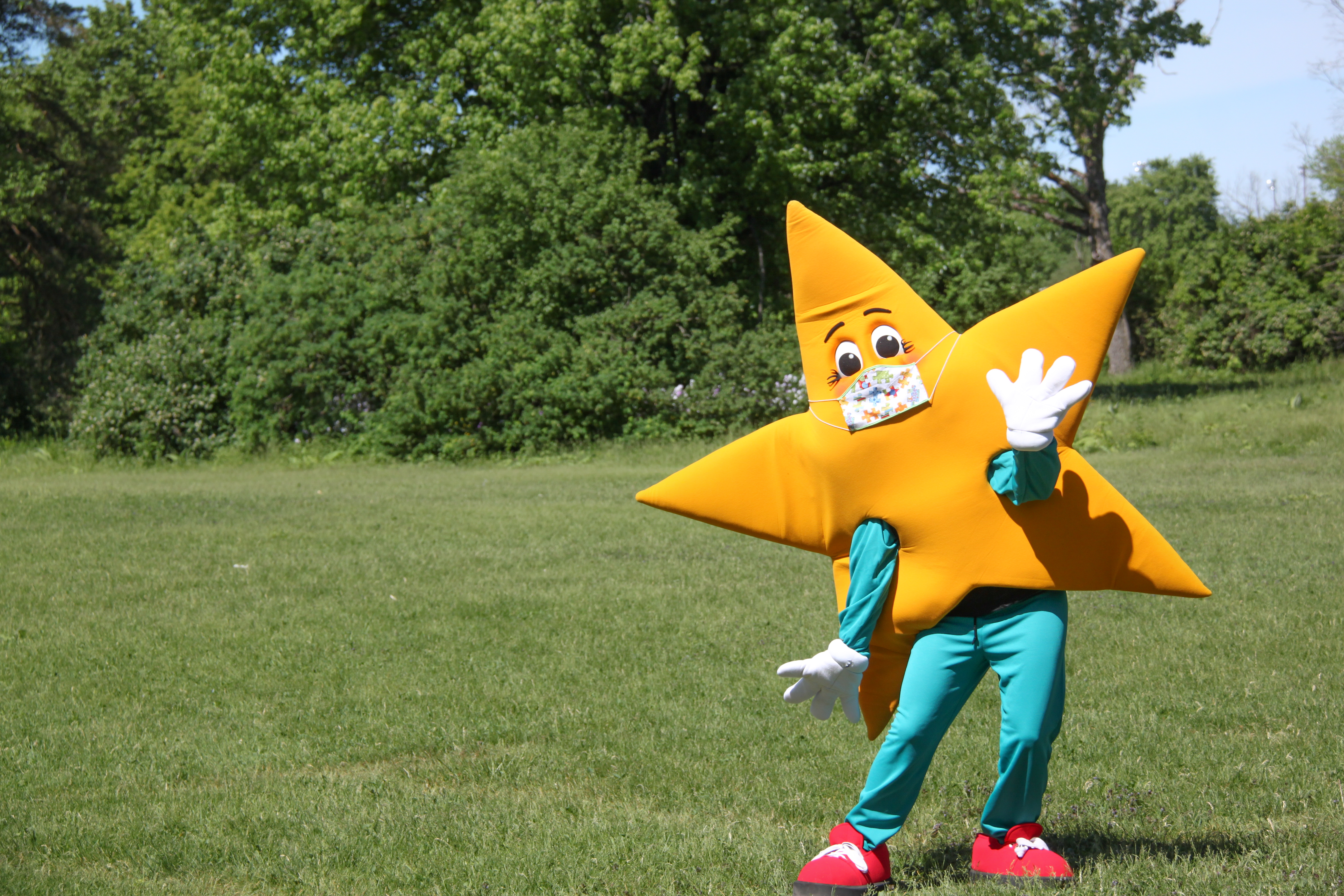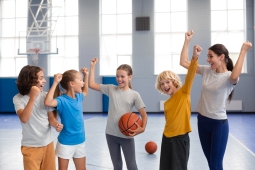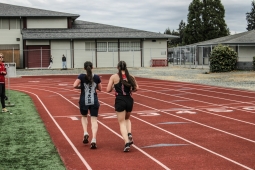Teacher to Teacher: Making Nutrition Lessons Engaging

Previously published in Volume 84, Issue 2
Being a health and physical educator is rewarding. Your work has an impact on the lives of your colleagues, your students, their families and their communities.
But it’s also a career with its challenges. We want our members to be able to connect and share how they handle the issues that come up in their classrooms and schools so we can all continue to learn and build our professional repertoires together.
In this section of the Journal, we feature questions posed by teachers (by way of social media or email), and answers directly from their colleagues.
Question: I'd like to try to make lessons on nutrition and healthy food choices more engaging and relevant. Does anyone have suggestions for fun challenges or activities to bring these ideas into students' real lives?
Answer: I’d suggest having a look at the At My Best Program, first, for some ideas. The program has a great collection of practical activities to get students thinking about what it means to eat healthy and develop healthy habits. There’s a focus on fun, too, which makes them all the more effective.
You might want to consider setting up a social media wall or bulletin board where you and students could post key words, questions and articles, all to be used as discussion points during class time.
I’d also suggest challenging students to make over a family recipe using healthier ingredients or a given number of foods from each group. Having some sort of taste testing challenge would be fun and engaging, too. But of course you’d need to be quite mindful of allergies and food security.








